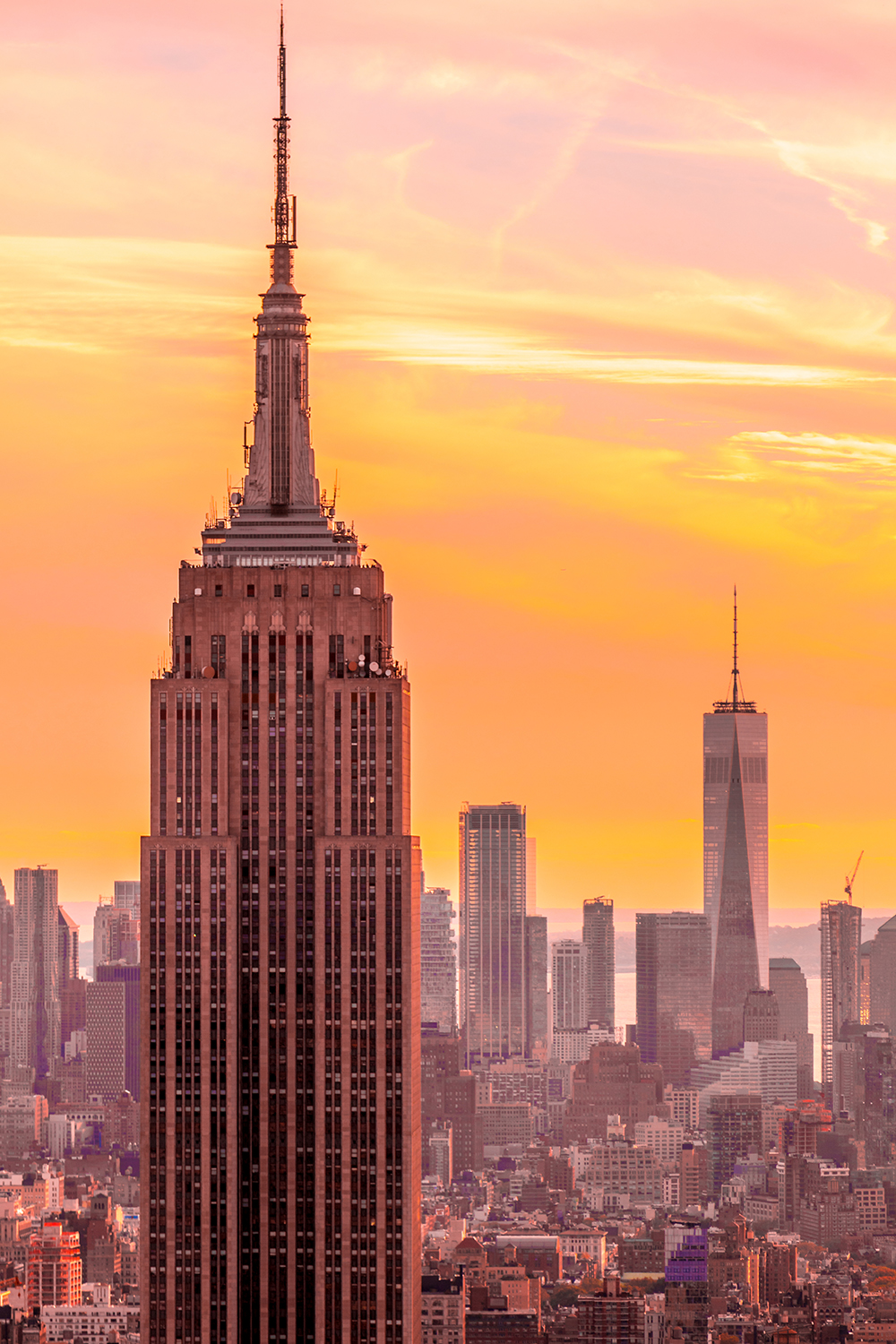“25 Empire State Buildings Could Fit Into New York’s Empty Office Space.” Now that’s a headline. The article, in the May 10th New York Times, was equally compelling, citing the high office-vacancy rates in the nation’s major cities and suggesting some creative possible solutions.
As many sociologists have pointed out, the physical layout of most large American cities is not set up to handle the work-from-home economy that was spurred by the pandemic. After the onset of the high-rise office building, circa 1920s, American cities became increasingly segmented into geographic spaces for home, work, and play.
That 100-year-old urban game plan is no longer working. The national office-vacancy rate as of April 5th, according to an FDIntelligence report, was 18.5 percent. The rate in Memphis for the first quarter, according to Cushman-Wakefield, was 16.2 percent. From Cushman-Wakefield: “The [Memphis] office market continues with lower than typical leasing activity though absorption remains positive. … Tenants continue to downsize into smaller spaces.”
The company I work for, Contemporary Media, Inc., is doing just that, moving from a lovely old Downtown building with brass elevators to a space that makes more sense economically. We learned during the pandemic that we are capable of putting out the Flyer and Memphis magazine and our other publications with our writers, editors, art staff, and sales staff working from home.
I’m writing this column from my couch (along with my dog, Olive), and have the Flyer’s Slack app open on my laptop so as to be able monitor communication between my co-workers and chip in with editing help when needed — or when I feel like joining in the genial smack talk. It’s like a free-flowing group text, only much more useful. We do have weekly in-person staff meetings, as well, so we can put on grown-up clothes, brainstorm, gossip, and remember what we look like. But it’s a far cry from the 40-hour-a-week office-and-cubicle farms we occupied for the first 40 years of the company’s existence.
Back to the Times: “To create a city vibrant enough to compete with the convenience of the internet, [cities] need to create mixed-use, mixed-income neighborhoods that bring libraries, offices, movie theaters, grocery stores, schools, parks, restaurants, and bars closer together. We must reconfigure the city into an experience worth leaving the house for.”
Is Downtown Memphis worth leaving the house for? Well, I can look out my soon-to-be-former office window and see the nascent construction of a new Memphis Brooks Museum, one that will cascade down the bluff to the river. There, it will overlook the spectacularly reimagined Tom Lee Park. A Downtown grocery store has sprung up on the south side, not far from a snazzy movie theater, which is adjacent to the city’s largest farmers market and the thriving South Main district. The Cossitt Library has just been beautifully redone. New restaurants are coming on, and long-time favorites are still thriving. Old buildings are getting new life. FedExForum, home of the Grizzlies and Tigers and big-ticket touring concert acts, is getting a multi-million-dollar facelift, as is AutoZone Park, home to the AAA Redbirds and the 901 FC soccer team. And I can think of at least five standalone breweries in the 38103. So yeah, I’d leave the house for some of that action — and do.
“We are witnessing the dawn of a new kind of urban area,” the Times concludes: “the Playground City.” That sounds nice, but it can go wrong. Consider, for example, how Downtown Nashville’s party wagons, mobile hot tubs, and cheesy honky-tonks are choking the city’s urban center at night — and demonstrating how a “playground city” can chase locals away rather than attract them.
Memphis needs to be smarter. If we want more people to live Downtown, we need to keep the noise down after a reasonable hour and restrict the more boisterous action to Beale Street and other designated areas. (Talkin’ to you, party wagons.) And Downtown needs to be closely monitored by police, with a presence that protects citizens and visitors without stifling the Memphis vibe.
The truth is, our Downtown probably doesn’t even have one Empire State Building’s worth of vacant office. We’re fortunate that mid-size cities like Memphis are poised to recover and adapt to a post-pandemic economy much more quickly than mega-cities. Let’s not screw it up, Memphis.
